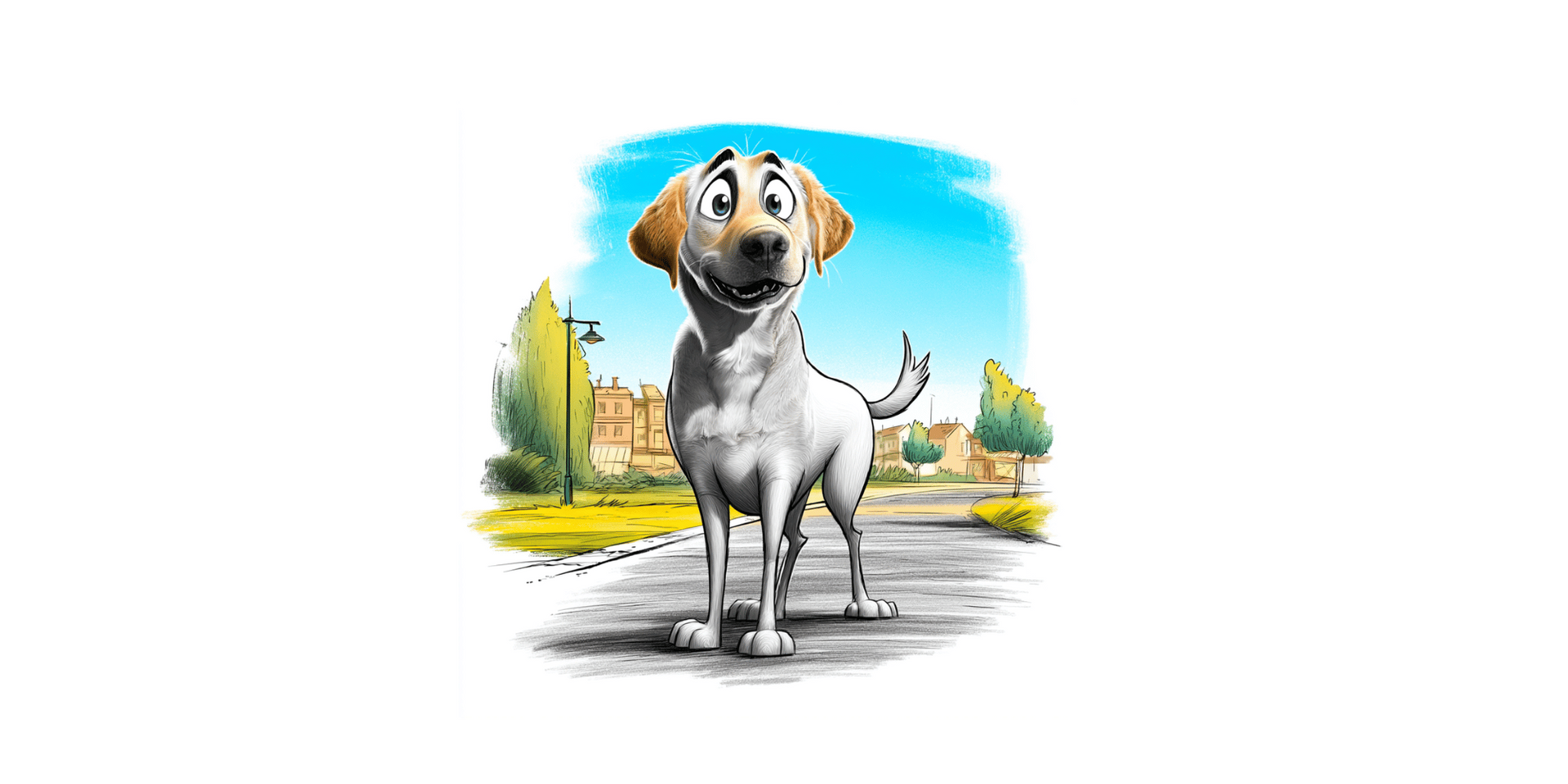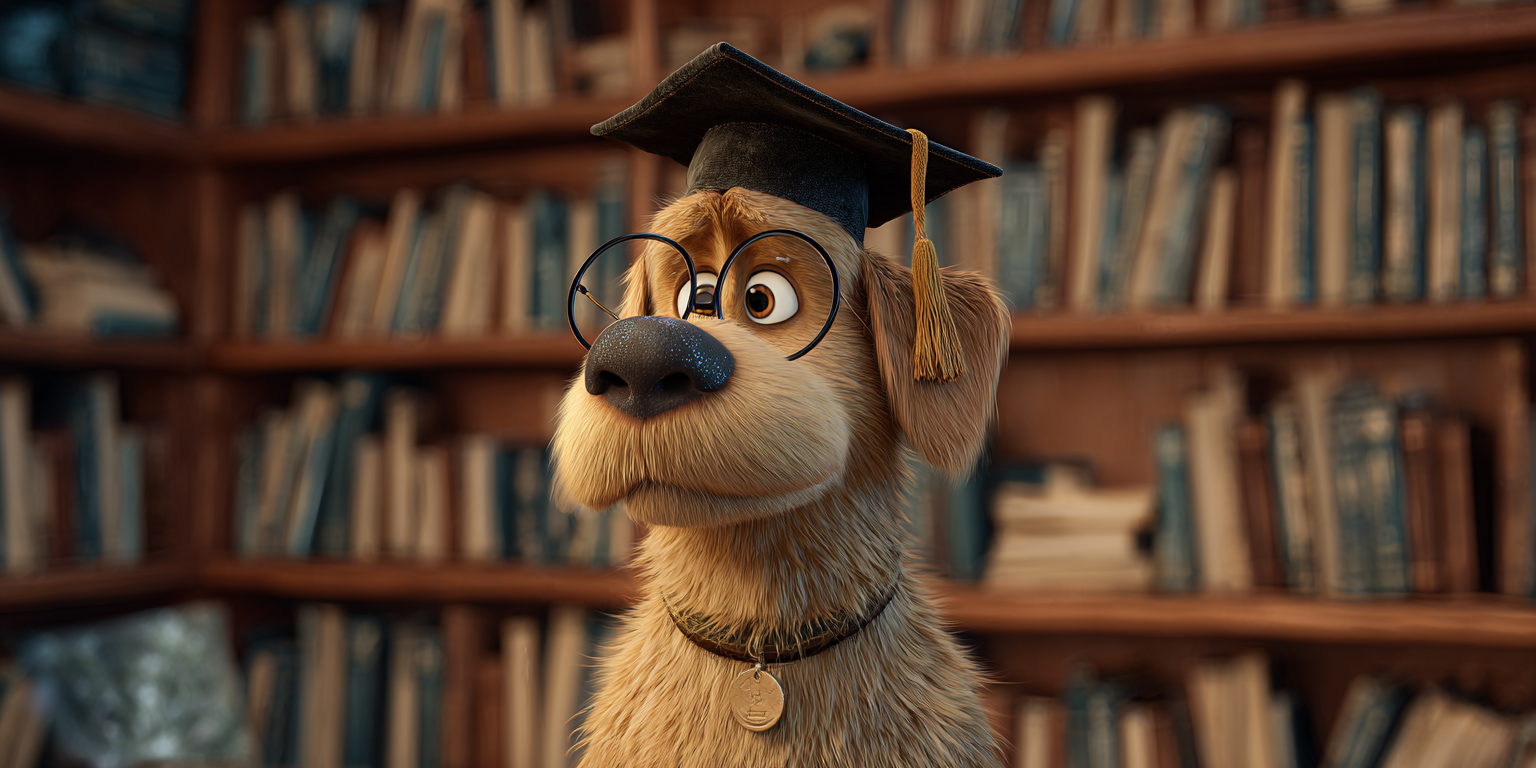Preventing Separation Anxiety in Dogs
Preventing Separation Anxiety in Dogs: A Complete Guide for Happy, Stress-Free Pups

If you’ve ever come home to chewed furniture, excessive barking, or a very clingy dog, you’re not alone.
Separation anxiety in dogs is one of the most common behavioural issues Australian pet owners face.
It’s not just about your dog missing you — it’s a form of stress that can impact their emotional wellbeing, behaviour, and even their health.
The good news?
With the right approach, you can prevent separation anxiety before it becomes a problem, or manage it effectively if it’s already developed.
This guide will walk you through everything you need to know, from recognising the signs to training techniques, lifestyle tips, and when to seek professional help.
What is Separation Anxiety in Dogs?
Separation anxiety occurs when a dog experiences distress and panic when left alone or separated from their owner. This behaviour often stems from fear of abandonment, lack of training, or sudden changes in routine.
It’s important to understand that your dog isn’t being “naughty” — they’re genuinely stressed. In the wild, dogs are pack animals, so being left alone can feel unnatural and unsafe to them.
Common Signs of Separation Anxiety
Knowing what to look for is the first step to prevention and management. Here are the most common symptoms:
- Excessive barking or howling when left alone
- Destructive chewing of furniture, shoes, or doors
- Scratching or digging at windows, doors, or floors
- Pacing and restlessness
- House soiling (urinating or defecating inside despite being toilet-trained)
- Salivating, drooling, or panting more than usual
- Attempting to escape confinement areas like crates or rooms
If you notice these behaviours happening only when you’re away, separation anxiety is likely the culprit.
Why Some Dogs Develop Separation Anxiety
While any dog can develop separation anxiety, certain factors make it more likely:
- Sudden change in routine — such as returning to work after working from home.
- Rehoming or adoption — rescue dogs may have past trauma or abandonment experiences.
- Lack of gradual alone-time training — puppies never taught to be alone can struggle as adults.
- Over-attachment — if your dog is never away from you, they can become overly dependent.
- Traumatic experiences when alone — like storms, fireworks, or break-ins.
Prevention: How to Raise a Happy, Independent Dog
Preventing separation anxiety is easier than fixing it later. Here’s how you can help your dog feel secure and content when alone.
1. Start Alone-Time Training Early
From puppyhood (or as soon as you bring your dog home), teach them that being alone is safe and normal.
- Begin with short absences — step into another room for a few minutes and gradually increase the time.
- Avoid dramatic goodbyes and enthusiastic reunions — keep arrivals and departures low-key.
- Give them a safe space like a crate, playpen, or a comfy room where they feel secure.
2. Create Positive Associations with Alone Time
Help your dog connect your absence with something enjoyable.
- Use treat-dispensing toys or stuffed Kongs to keep them busy.
- Leave an item with your scent (like a worn T-shirt).
- Play calming background noise — soft music, a talk radio station, or white noise.
This helps reframe alone time as a positive experience instead of something to fear.
3. Exercise Before You Leave
A tired dog is a happy dog.
Take your dog for a morning walk, play fetch, or engage in mental stimulation before you go. This burns off excess energy, making them more relaxed and less likely to become anxious.
4. Maintain a Consistent Routine
Dogs thrive on predictability.
- Feed, walk, and interact with your dog around the same times each day.
- Keep departures and arrivals consistent so they know what to expect.
5. Practice Short, Frequent Departures
Instead of only leaving for long stretches, include short trips out without your dog — to the letterbox, café, or corner shop. This teaches them that you’ll always return.

Managing Existing Separation Anxiety
If your dog already shows signs of anxiety, you can still help them overcome it.
This will take patience, consistency, and sometimes professional support.
1. Gradual Desensitisation
The most effective method for treating separation anxiety is desensitisation training.
- Start with very short departures — even just walking out the door and back in.
- Gradually increase the time away, ensuring your dog remains calm at each step.
- If they panic, reduce the duration and try again.
This process can take weeks or months, depending on severity.
2. Use Enrichment to Distract
Interactive toys, puzzle feeders, and scent games keep your dog mentally stimulated and distracted from your absence.
Rotate toys regularly so they don’t become bored.
3. Avoid Reinforcing Clinginess
As much as you love your pup, don’t reward anxious behaviour with excessive attention right before leaving or immediately upon returning. Instead, wait until they’re calm before offering affection.
4. Stay Calm Yourself
Dogs pick up on human emotions. If you’re anxious about leaving them, they’re more likely to mirror that stress. Keep your body language relaxed and confident.
Lifestyle Changes to Support Your Dog
Sometimes, adjusting your lifestyle can make a big difference for a dog with separation anxiety.
Doggy Daycare
For dogs who hate long hours alone, doggy daycare can be a great option a few days a week. They get social interaction, exercise, and mental stimulation.
Pet Sitters or Dog Walkers
Hiring a dog walker to break up the day can help reduce anxiety and restlessness.
Take Your Dog to Work
Some Australian workplaces are becoming dog-friendly. If yours allows it, even occasionally bringing your dog along can help reduce stress.
Adopt a Companion Pet
For some dogs, having another pet can provide comfort. However, this isn’t a guaranteed solution — some dogs bond so closely to their human that another animal won’t ease their anxiety.
When to Seek Professional Help
If you’ve tried training and lifestyle adjustments but your dog’s anxiety persists, it’s time to seek help.
- Veterinarians can rule out medical issues and, in some cases, prescribe medication to ease anxiety.
- Professional dog trainers or animal behaviourists can create tailored behaviour modification plans.
- Certified separation anxiety trainers (CSATs) specialise in this specific issue and can work with you remotely or in person.
Myths About Separation Anxiety in Dogs
There’s a lot of misinformation about why dogs act out when left alone. Let’s clear up some common myths:
- Myth 1: “My dog is being spiteful.”
Dogs don’t seek revenge — destructive behaviour is a symptom of stress, not malice.
- Myth 2: “Crating is cruel.”
When introduced properly, a crate is a safe, den-like environment, not a punishment.
- Myth 3: “They’ll grow out of it.”
Without intervention, separation anxiety often gets worse, not better.
Products That Can Help
While training is the most important element, certain products can support the process:
- Calming pheromone diffusers (like Adaptil)
- Anti-anxiety wraps (Thundershirt)
- Interactive puzzle toys
- Pet cameras so you can monitor behaviour while away
Final Tips for Australian Dog Owners
Since our lifestyle often involves long workdays, beach trips, and holidays, planning ahead is key. If you’re going away, book a trusted pet sitter or boarding kennel that understands your dog’s needs.
Remember — preventing separation anxiety is about building your dog’s confidence, independence, and trust in you.
Key Takeaways
- Start alone-time training early and keep it positive.
- Use mental and physical exercise to reduce anxiety.
- Keep routines consistent and departures low-key.
- Seek professional help if symptoms persist.
A happy, stress-free dog is a joy to live with — and with patience and the right strategies, you can help your furry friend feel safe and content, whether you’re at home or away.




